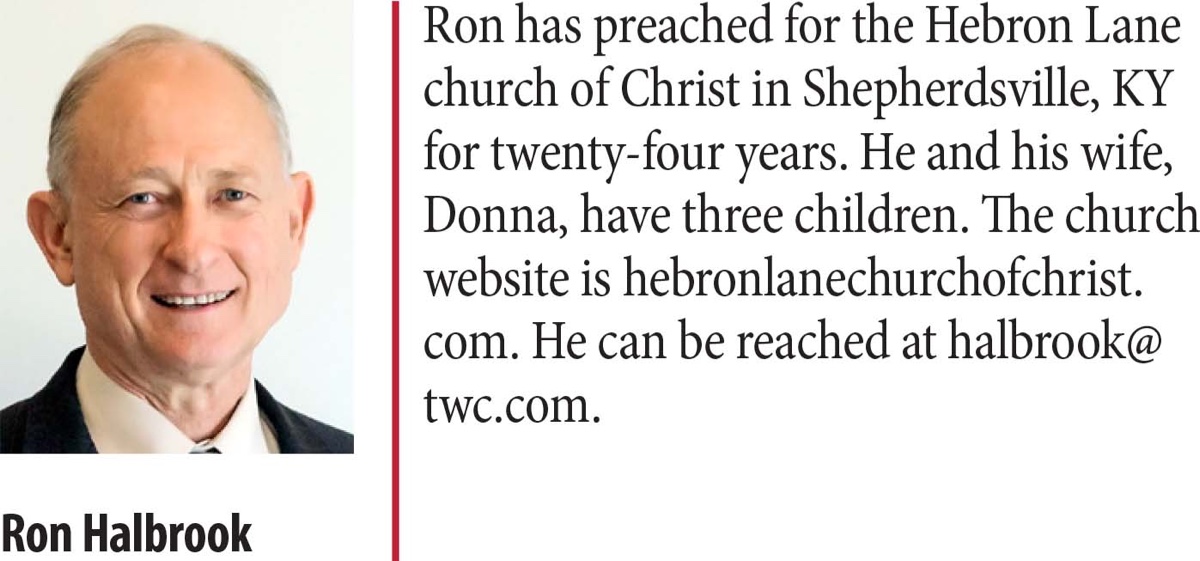And account that the longsuffering of our Lord is salvation; even as our beloved brother Paul also according to the wisdom given unto him hath written unto you; As also in all his epistles, speaking in them of these things; in which are some things hard to be understood, which they that are unlearned and unstable wrest, as they do also the other Scriptures, unto their own destruction.
Notice in verse 2, “us the apostles,” which includes Peter himself. Peter recognized that he wrote by the inspiration of the Holy Spirit just as Old Testament prophets before him (2 Pet. 1:20-21). What Peter wrote thus had immediate authority as true Scripture. His writings did not wait 200 years to have authority conferred on them by the vote of some council. Those councils merely acknowledged what had been known to be true from the very time the authors penned their letters.In verses 15-16, Peter also recognized that Paul wrote by inspiration (“the wisdom given unto him”) and that what the apostles taught harmonized (“even as. . . Paul. . . hath written unto you”). “All his (i.e., Paul’s) epistles” were accounted as a part of “the other Scriptures.” Thus, the writings of Paul were already recognized as authoritative in the first century!
Complete Authoritative Revelation Promised
God planned to provide the perfect and complete revelation of His will in the first century through the agency of His chosen apostles and prophets. Paul said in 1 Corinthians 13:9-10, “For we know in part, and we prophesy in part. But when that which is perfect is come, then that which is in part shall be done away.” Divine revelation was partial and progressive until its completion. The “in-part” revelation soon became the “perfect” or complete revelation. Efforts are made to extend the power of divine revelation through new apostles and prophets by claiming that this passage points to the second coming of Christ as the end of the age of revelation. The passage does not contrast the partial coming of Christ and then the perfect coming of Christ. The process of divine revelation is under discussion, not the process of Christ’s return.
The partial revelation made through inspired knowledge and prophecy would end when it was completed, which occurred by the end of the first century. We have “that which is perfect” in the twenty-seven books of the New Testament, just as God promised.
The Process of Distinguishing True and False Scripture
Some people claim that the process of Christians listing true or canonical books, and false or non-canonical books after the first century, proves that there was no certainty about what books were authoritative. To the contrary, that process proves that the early Christians were determined to protect the completed revelation from the encroachments of subsequent fake revelations. They diligently observed the final divine warning recorded in Scripture:
For I testify unto every man that heareth the words of the prophecy of this book, if any man shall add unto these things, God shall add unto him the plagues that are written in this book: And if any man shall take away from the words of the book of this prophecy, God shall take away his part out of the book of life, and out of the holy city, and from the things which are written in this book (Rev. 22:18-19).Does the appearance of the Book of Mormon or other modern publications claiming to be Scripture shake our faith in the perfection and all-sufficiency of God’s word? No. No more than the appearance of such bogus writings in the early centuries. Suppose we were to publish a list of the twenty-seven books in an article today and to list such writings, as the Book of Mormon, as bogus. Does that mean the twenty-seven books of the New Testament were not recognized as authoritative among God’s people before such an article or list appeared? No, and neither did earlier lists prove any such thing. Such lists are simply testimony to the ongoing battle between God and Satan as Satan tries to destroy the authority and credibility of God’s word.
Just as there have always been false as well as true apostles, there have always been false as well as true books of Scripture. God commands us to distinguish the true from the false (1 Thess. 5:23; 1 John 4:1-6). Faithful followers of God have always been able to recognize that distinction. Just as the true apostles were recognized in the first century, as distinguished from the specious, even so true Scripture was recognized in the first century, as distinguished from the spurious. We can make the same distinction today.
If some man adds to or subtracts from the books of true Scripture, that in no way weakens the integrity of true Scripture (Rev. 22:18-19). It simply proves that men can be deceived because they do not have a genuine love of truth (2 Thess. 2:9-12). God can be found and the truth of His word can be recognized wherever good and honest hearts seek Him (Matt. 7:7-11; 13:18-23; John 7:17; Acts 17:27; Rom. 1:20; 2 Pet. 3:3-5).



